Nobody even noticed the Tories’ biggest legacy
LONDON — When she needed a break from the Brexit wars, Theresa May would head for the hills.
Far from the pressure-cooker of Westminster, May spent every summer between 2016 and 2019 — her three years as U.K. prime minister — walking in the mountains of Switzerland.
Her favorite spot was the resort town of Zermatt, in the shadow of the Matterhorn. There, she later told aides, she witnessed something far more troubling than her latest duel with Brussels or yet another hostile briefing from a backbench Brexiteer.
The nearby Gorner glacier, the second biggest in the Alps, was melting, year after year. The sight made a significant impact on the increasingly embattled prime minister.
In the end, May's restless Tory colleagues would force through the Brexit they wanted, wrecking her premiership as they did so. A reputation as a failed prime minister beckoned. But May was determined to leave something else, some positive legacy of her time in office.
On June 12, 2019, six weeks before leaving Downing Street, May announced the U.K. would become the first major economy in the world to enshrine in law a target for net zero greenhouse gas emissions by 2050. Little over a fortnight later, on June 27 — five years ago this week — the measure was passed into law by the U.K. parliament, with broad cross-party support.
That single piece of legislation today stands alongside Brexit as the most consequential legacy of 14 years of Tory rule.
At a stroke, all future U.K. governments were committed to a vast, complex mandate which will transform the way Britain powers its homes and businesses, fuels its cars, heats its houses and feeds itself, how it manufactures and builds.
Indeed, the net zero law represents nothing short of a full-scale overhaul of the entire U.K. economy, over a 30-year period. And it was agreed with precious little debate — and almost no dissent — at all.
Brexiteer Tories, then the bane of May’s life — and many of whom now campaign against net zero — “didn’t even see it coming over the hill ... because we were all fighting [for] Brexit,” admitted one of their number, the former Tory MP Craig Mackinlay.
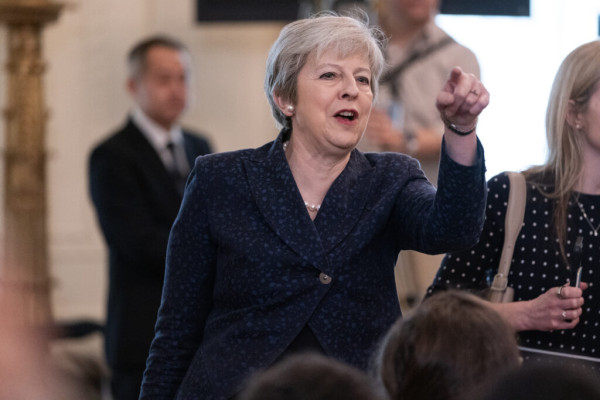
How did this happen? Why did it happen? POLITICO spoke with more than a dozen contemporary ministers, officials and MPs who saw how May’s era-defining decision came together in the space of a few weeks— and who still disagree fiercely about the legacy it left behind.
‘Bigger than Brexit’
The political climate around net zero has changed dramatically over the past five years.
As the realities — and costs — of the policy loom closer, net zero is becoming contested in a way few foresaw back in 2019, when the approach enjoyed broad political consensus. (One May adviser referred to the period as “the halcyon days” of climate politics.) Belatedly, a battle is on the horizon.
Prime Minister Rishi Sunak has already tiptoed away from the policy's sharpest edges. If the polls are correct, Labour leader Keir Starmer is likely to succeed him in No. 10 Downing Street next week — determined to achieve the net zero target, but aware he faces intensely difficult trade-offs along the way.
For their part, the Conservatives would need to decide which way to turn in opposition: whether to keep May’s “green Tory” legacy alive, or whether to embrace a new, more aggressive net zero-skepticism. Nigel Farage’s insurgent Reform UK party wants to scrap the law altogether.
Where the party goes next — most likely in opposition — depends on which MPs can survive the electoral wipeout predicted for the Tories on July 4.
Paul Goodman, former editor of the ConservativeHome website, said that, either way, the Tories would likely take a net zero-skeptic turn. A survey by the website last year found 40 percent of Conservative members — the people who will ultimately pick the next leader — oppose net zero.
“The last 10 years we’ve been fighting about Brexit. The next 10 years will be a sober battle about net zero and energy security,” said Mackinlay, who as an MP chaired a Conservative caucus skeptical about net zero. “This is going to be the political battleground for the next 10 years. It is an infinitely bigger issue than Brexit.”
Did May herself trigger this battle? Britain was committed to an 80 percent cut in emissions by 2050 already, and several insiders told POLITICO they believe the U.K. would ultimately have legislated for net zero with or without her.
But other well-placed figures argue that it needed May — and the unique political moment of June 2019 — to get the policy over the line.
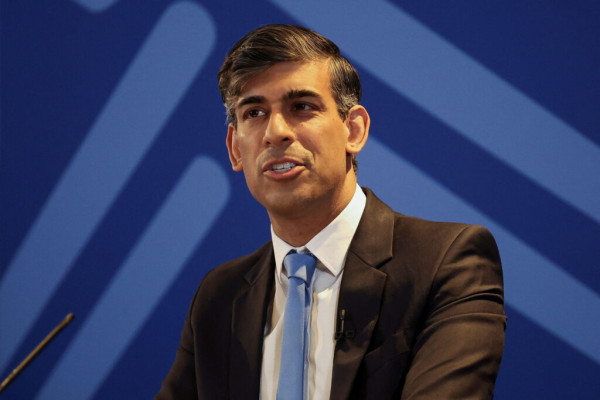
Charlie Ogilvie, an adviser in the government's Department for Business, Energy and Industrial Strategy (BEIS) in 2019, said: “I don’t think it’s a foregone conclusion that, sitting here in 2024, the whole G7 would have a net zero target, and the U.K. would have one enshrined in law,” if Theresa May hadn’t acted when she did.
“You’ve got to seize the moment when you can,” said Chris Skidmore, the Tory minister who signed net zero into law.
A doorstep-sized report
The net zero policy did not drop out of a clear blue sky in 2019.
The previous October, with Westminster transfixed by Brexit, the United Nations’ Intergovernmental Panel on Climate Change published a report showing how the Paris Agreement target — limiting global warming to 1.5C — could be achieved. Carbon emissions would need to reach “net zero” by “around 2050,” it said.
Days later, Claire O’Neill, then May's energy minister, wrote to the U.K. government’s official advisers, the Climate Change Committee (CCC), for advice on what the guidance meant for Britain.
The CCC took more than six months to reply. In the meantime, May had secured a Brexit withdrawal agreement with Brussels, only to see her MPs reject it three times. Westminster was gearing up for a Tory leadership contest.
Little noticed by the press pack or by MPs, the CCC came back on May 2, 2019, with a quietly historic report.
“It was a doorstop of a thing — technical, economic analysis,” said Greg Clark, then secretary of state at BEIS. “The thrust of that analysis was that, largely because of technical progress, what had been thought to be feasible by 2050, economically, to achieve 80 percent, was now feasible for net zero.”
The timing was resonant. This was also the year the protest group Extinction Rebellion (XR) — now branded “eco-zealots” by Sunak — first rose to public prominence. Green campaigner Greta Thunberg was invited into Westminster that April, where she hung out with senior Labour and Tory politicians like Ed Miliband and Michael Gove. Her school strike movement had already taken hold in towns and cities across the U.K.
“I had XR in for coffee,” recalled O’Neill, the climate minister. “They said: ‘We want to overthrow capitalism.’ I said that might take a bit longer than net zero, so why don’t we focus on that?”
Worries about climate change among young people filtered into the political consciousness of the MPs who would, later that year, nod through net zero with barely a murmur of dissent.
MPs on school visits in their local patch would find themselves confronted with angry children conducting sit-ins, demanding answers on climate change. “It was a brilliant coincidence,” said Ogilvie, “that Greta decided that school strike day was on Fridays. Friday is also the day MPs go to their constituencies."
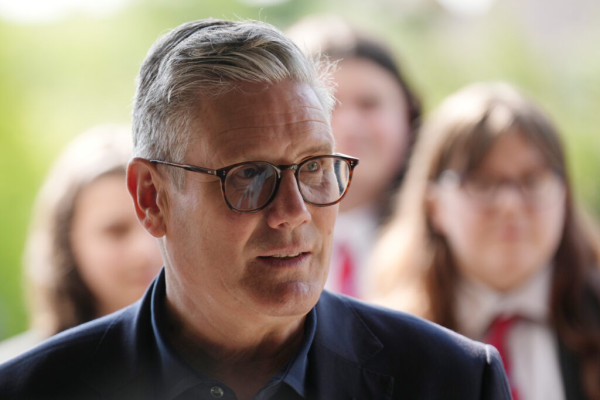
In late May, Skidmore replaced O’Neill as energy minister when she took a leave of absence due to a family illness. He attended his first Cabinet meeting in the heat of May’s doomed, last-ditch attempts to salvage her Brexit deal, via an ill-fated pact with the opposition Labour Party. “I remember thinking: ‘Gosh, I’ve landed straight into the frying pan,’” Skidmore said.
Led by its then Brexit spokesperson — Keir Starmer — Labour rebuffed May’s efforts. Defeated, on a sun-drenched morning in May 2019, she announced she would step down by the end of July. “I do so with no ill-will, but with enormous gratitude to have had the opportunity to serve the country I love,” she said, her voice cracking on the final word.
May turned and walked back behind the door of No. 10 Downing Street. Her thoughts turned to her legacy.
Decision time
Within days of announcing her exit, May met with senior advisers in her No. 10 study to discuss what her government could realistically achieve in the two months they had left.
With the CCC’s report now in, a net zero climate target was the biggest ticket item on a list of potential options, which ranged from a funding boost for education and improvements to parental leave laws to the publication of a disability strategy.
“She was quiet, she was taking in everything that was given,” said one former No. 10 official who was present. “She was quite pensive about what was in front of her.”
Although the CCC had done significant in-depth analysis, May’s own No. 10 team had been doing their homework, too.
“We spent months before the actual CCC report going through the [internal government] analysis,” said Anouka Dhadda, another of May’s advisers. “You assure yourself on whether the world wants or needs it. You ask yourself: ‘Can I go to bed thinking this is the right thing to do?’”
Undecided, May asked the team to send more detailed advice via her ministerial red box.
Simultaneously, an eye-catching request circulated in Whitehall from No. 10.
“A call went out to say: ‘Is there any outstanding work, regulation, or legislation that could be announced ahead of the prime minister standing down, to provide an opportunity to show [her premership] was about more than just Brexit?’” Skidmore recalled.
The minister saw his moment, and grabbed it.
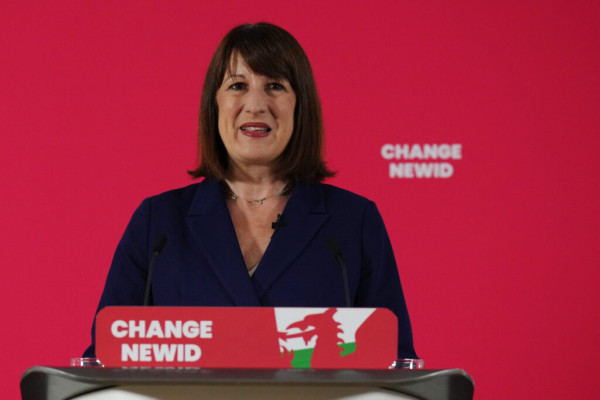
Skidmore and a small group of aides were called into No. 10 to meet May’s chief of staff Gavin Barwell in a “little cupboard-like room” next to the Cabinet room.
“We sat around this table and pitched to Gavin, almost 'Dragon’s Den' style, that this is what we could do,” Skidmore said. Key to his appeal — given the time constraints May was facing — was that the net zero change could be made swiftly via a statutory instrument, a legislative procedure that can be pushed through parliament much more quickly than a whole new bill.
The 2008 Climate Change Act, passed by the last Labour government, already contained the legislative architecture required. All it took to bind the U.K. to net zero was to tweak a few words, updating the 2050 emissions reduction target: “for ‘80 percent’ substitute ‘100 percent’.”
“We also made the case that France were already taking legislation through,” Skidmore said, “but that we could still be the first G7 country to do it.”
The point about France landed well.
“There’s nothing the Tories like better than a bit of Brexit one-upmanship with the French,” Ogilvie notes.
Others insist the timing was led purely by the facts.
John Gummer, then chair of the CCC and once a minister under Margaret Thatcher, said: “It was based on the science. The science made it quite clear that going for the target that we had at that stage [80 percent] was just not enough to stop the kind of dangerous change that, at the moment, we are still in line for.”
May nevertheless understood, Gummer said, “that in the political circumstances of the time, she had a chance to do it ... Cometh the moment, cometh the woman.”
No. 10 vs. the Treasury
A few days later, May met her advisers once again to refine her ‘legacy list.’ This time, net zero got the green light.
Among the reasons that “caught her imagination,” said the former No. 10 adviser quoted above, was the idea of the U.K. “filling a void” left by another of May’s bêtes noires, Donald Trump.
“With Trump in the White House, the U.K. could show some global leadership ... at a time when the U.S. was withdrawing from the Paris agreement,” the adviser said.
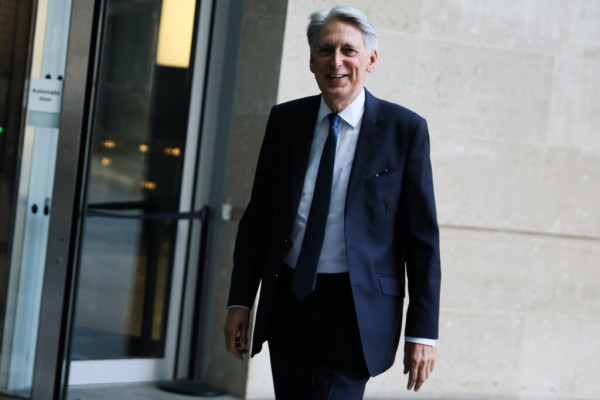
After that second meeting with advisers, a Cabinet “write-round” began, the process used to secure approval of senior government ministers.
It quickly became apparent that May’s chancellor, Philip Hammond — in a political clash that foreshadows today’s debates on net zero — was worried about the cost and lack of consultation with the public.
The CCC had estimated the “resource cost” of net zero as 1 to 2 percent of GDP by 2050, the same as its estimate for the 80 percent target. The costs of inaction would outweigh the costs of action, the watchdog said.
But Hammond’s officials did their own analysis and landed on a cost of £1 trillion in additional spending. This, Hammond argued to May, would mean less money for schools, hospitals and anything else future governments might want to fund.
His rearguard action continued until the final Cabinet meeting before the net zero plan was announced on June 12 — where May, now determined to get her climate legacy, gave him short shrift.
“Hammond piped up to say he still was not very happy,” recalled Skidmore. “The prime minister looked at him with a death stare.”
In the end, the chancellor relented. May was at the head of a dying government. Resigning was pointless. But Hammond feels that events since vindicate his position.
“As predicted, the public — as we’ve got closer to actual concrete steps — have started to say: ‘Hang on, when did anybody ask me about this?’” the former chancellor told POLITICO. “It comes back to a simple observation ... It’s not good enough that the political elite understands the importance of something. You also have to be able to communicate that importance to the electorate.
“Otherwise it isn’t going to get done.”
Rushed through
With the Cabinet squared off — Hammond’s warning notwithstanding — the policy was hurriedly press released and the swift parliamentary process began.
Clark gave a statement to the Commons on June 12, in a half-empty chamber after Prime Minister’s Questions. He received a warm reception from the then-chair of the BEIS committee, Rachel Reeves, who had introduced her own net zero bill to parliament days before.
Reeves — likely now days away from becoming U.K. chancellor, and taking the financial decisions in Labour’s push toward net zero — told the Commons “how proud I am to be a member of a parliament that continues to lead the way globally in tackling climate change.”
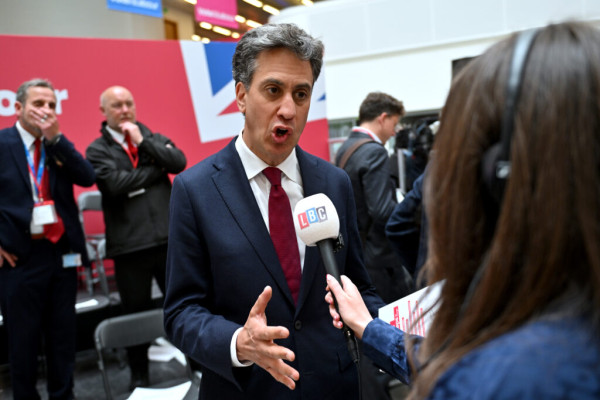
Two weeks later, the statutory instrument itself was debated and put to a vote. The only significant voice raising concern was a backbench Tory MP, Kemi Badenoch, elected just two years earlier, who noted that while schoolchildren in her constituency would be “delighted,” “others are rightly skeptical about the costs.”
Those Conservative voices who have since been most vociferous in opposition to net zero — including Jacob Rees-Mogg, Steve Baker, and Craig Mackinlay — were nowhere to be seen. The statutory instrument was passed without a vote.
Many now feel, like Hammond, that the haste of the whole process prevented proper debate — and left the difficult decisions to future governments.
“It was remarkable, frankly, that such a far-reaching, multi-generational piece of legislation could pass through on the nod,” Mackinlay admits now. “I’m somewhat embarrassed I didn’t recognize it at the time. But our minds were elsewhere, frankly.”
Jill Rutter, a former Whitehall official and senior fellow at the Institute for Government think tank, said the procedure was not undemocratic or illegitimate, but argued that, if the government had used primary legislation, “you would have had the debate on the principle, the chance for amendments. It would have led to a better discussion.”
The statutory instrument swiftly passed the Lords, although opposition peers gently protested about the haste of the process.
UK NATIONAL PARLIAMENT ELECTION POLL OF POLLS
All 3 Years 2 Years 1 Year 6 MonthsSmooth KalmanFor more polling data from across Europe visit POLITICO Poll of Polls.
On June 26, 2019, at 2 p.m. Chris Skidmore signed the law, which came into force at one minute past midnight on June 27. Less than a month later, Theresa May was gone.
What next?
For what is expected to be an incoming Labour government, the challenge she bequeaths is immense.
“I find it exciting,” the Shadow Energy Secretary Ed Miliband told POLITICO. Miliband was the climate secretary who steered the Climate Change Act through parliament in 2008. He now looks set to become the secretary of state who must deliver in a critical five-year period that could make or break net zero.
The climate debate, he said, had changed since Labour's time in power. Climate action is still about “future generations [and] doing the right thing,” Miliband said. But Labour also thinks it will mean “lower bills,” “energy independence,” and “jobs.”
But some of those who were in the room when the net zero law was planned have no illusions about how hard it will be for the next government.
“I don’t doubt for a second that Ed, Keir and many other Labour frontbenchers are personally committed to this agenda,” said Ogilvie. “I just worry that they do not understand what they will need to do, in the first 18 months, to actually deliver. ”
Abby Wallace contributed reporting.